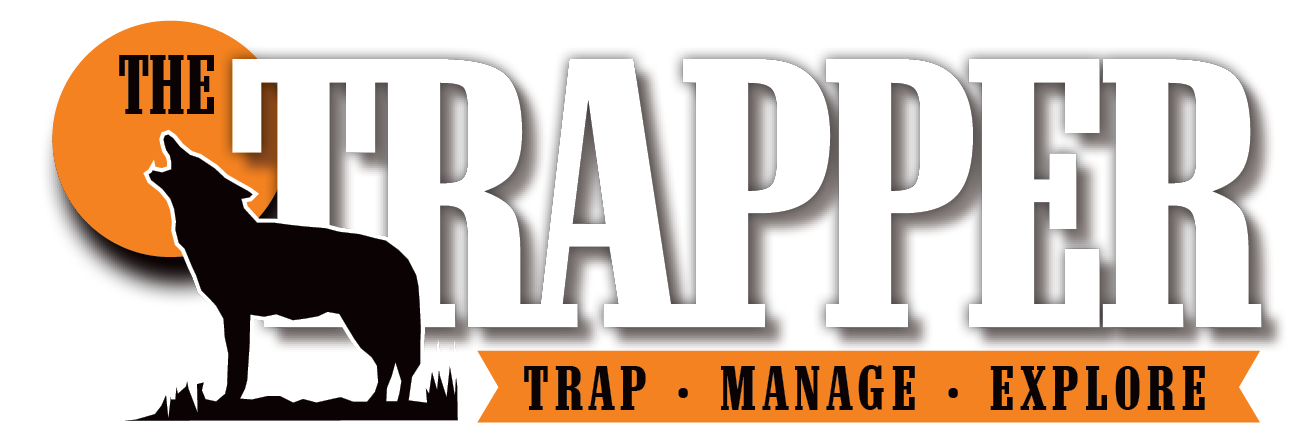
First Wild Fur Auction of Year
Prices are what we predicted but beaver castor is booming!
By Serge Lariviére
Selling season is now upon us for real and most trappers have finished harvesting terrestrial species for now. There will still be some spring beaver and muskrat trapping in areas where it is legal, but for the most part, harvesting of furbearers is mostly over. The dedicated men and women who hit the fields and woods this fall knew beforehand to not hold their expectations too high, unless of course, they were targeting coyotes—the one fur that still experiences great demand and very good prices. Most trappers enjoyed their time afield, tested new sets, and hopefully, started a little later, and waited for the furs to prime a little more in order to help harvest furs that are more easily marketed.
The first auction of wild fur in 2018 was held in North Bay, Ontario, at the facilities of Fur Harvesters Auctions on January 9, 2018. This first sale is always a launch of the New Year, with a mix of fresh skins and also carryover goods when available. Any wild fur sale is an interesting event to attend, and I was fortunate to be able to attend this particular sale in North Bay. Great atmosphere, good people, but overall a fairly tough sale simply because of the market. The market is tough, and when buyers are not overly hungry for the goods, it is hard for anyone to create enthusiasm and stir prices upward. The sale started with beaver, and it was a considered a good beaver sale under today’s standard, with high clearance at modest prices. But at least the beavers sold (84 percent clearance) at prices of $12.05 for 1st section Eastern skins (good quality beaver skins from the East – eastern beaver being typically darker and better in quality than western beaver). The good news with all beaver is the price of castoreum that is still really high at over $70 a pound for top grade, and $50 a pound for third grade. Catch a beaver, harvest the castor glands as for many animals with damaged skins, and the castor gland will bring more than the pelt itself!
Other species received much more limited interest. Otter and muskrats were mainly unsold, whereas only 60 percent of male mink and 30 percent of female mink sold at $10.20 and $7.27 averages, respectively. Semi-aquatic species all struggle right now because of the low prices for ranch mink, the main competition for short-haired skins.
Raccoons moved a little, with 35 percent of the offering sold, at an average price of $12.54. When the top end raccoon sells for $19.50, there is not a lot of room for the average and mediocre grades to sell for much of anything, and if you still insist on trapping raccoons, you absolutely must focus on quality instead of quantity. Starting later, avoiding blue pelts at all costs, not marketing pelts full of holes, bite marks, or severe damage (such as some mid-body snare marks) is a must if you want to get paid for your work.
Coyotes sold very well again, with western skins averaging $81.79 and eastern coyotes bringing $51.54 on average. This is pretty much stable for coyote prices, and it shows the demand is still there and strong. Good news for all of us, in tough times, we need to have at least a few species we can take to the bank, and coyotes are definitely the money-species right now. Finally, red fox stayed stable at more or less $20 depending on the section.
When talking to buyers, it seems that everyone expects another difficult year for wild fur. There is no magic we can do to change the situation, and the absence of active Russians at the buying tables is a definite blow to our markets right now. Many efforts are made to try and spark interest in the higher-end Chinese garments, things such as decorating high-end mink coats with marten, or getting the Chinese interested in species other than mink, but right now nobody wants to buy anything other than the best skins. As one buyer said to me: if I can get the best raccoon around for less than $20, why would I waste time trying to do anything with the average or mediocre skins?
The message to us trappers is clear: try to focus your harvest and your efforts on the very best skins only. And if you trap part-time and dream of being a full-time long liner, maybe I can humbly suggest that you continue to obtain more experience catching and handling fur and stay at your job for another year or two. I don’t know the future, but at this point and at least for this year, optimism is limited in the wild-fur world.
Next big international wild fur sales will be held first in Toronto, Canada, through North American Fur Auctions on February 26 – March 2, 2018 and then in Helsinki on March 9, 2018 for a Fur Harvesters Auction sale held in conjunction with Saga Furs. These main sales will set the definite tone for the 2018 season, and just to set the record straight, I may be pessimistic, but I would like nothing better than to be proven wrong in my predictions!
